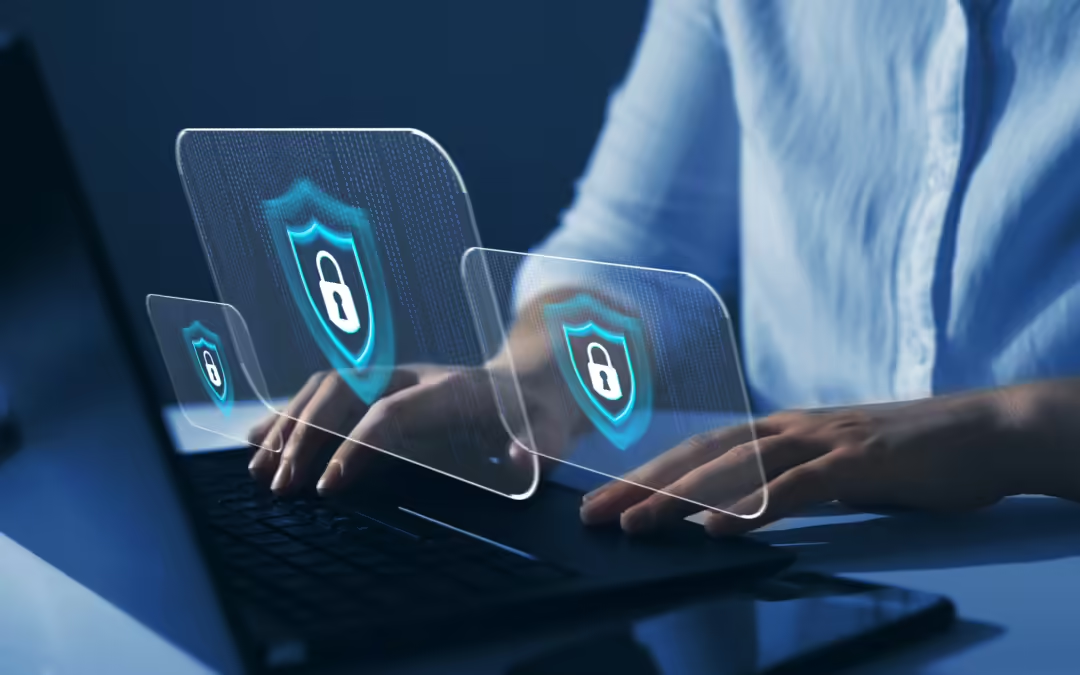Fraud is an ever-evolving threat, adapting with technology and finding new ways to exploit individuals and organizations. Understanding the latest trends in fraud and knowing how to protect yourself is crucial in this digital age. Here, we explore some of the newest fraud trends and provide practical advice on how to avoid falling victim.
Emerging Fraud Trends
- Synthetic Identity Fraud
- What It Is: This involves creating a fake identity by combining real and fictitious information. Fraudsters use this synthetic identity to apply for credit, make purchases, and open accounts.
- Why It’s Growing: Enhanced security measures have made it harder for fraudsters to use stolen identities directly. Creating synthetic identities helps them bypass some of these checks.
- Deepfake Technology
- What It Is: Deepfakes use AI to create highly realistic but fake images, videos, and audio. These can be used to impersonate individuals or fabricate events.
- Why It’s Growing: Advances in AI and machine learning have made it easier to create convincing deep fakes, which can be used in fraud schemes such as manipulating stock prices, extorting money, or spreading misinformation.
- Business Email Compromise (BEC) 2.0
- What It Is: Traditional BEC involves tricking employees into transferring money or sensitive information. The new wave leverages sophisticated phishing techniques, social engineering, and spoofing to make fraudulent requests appear legitimate.
- Why It’s Growing: Remote work and increased email communication have provided more opportunities for fraudsters to exploit vulnerabilities in business communication systems.
- Cryptocurrency Scams
- What It Is: Fraudsters use cryptocurrencies’ anonymity and complexity to run various scams, including fake investment schemes, phishing for crypto wallets, and Ponzi schemes.
- Why It’s Growing: The increasing popularity and values of cryptocurrencies make them attractive targets for fraud.
- Romance Scams
- What It Is: Scammers create fake profiles on dating sites and social media to establish relationships and eventually trick victims into sending money or personal information (PII).
- Why It’s Growing: The rise in online dating and social media use provides more opportunities for fraudsters to target vulnerable individuals.
How to Protect Yourself
- Monitor Your Credit
- Check your credit reports regularly for unfamiliar accounts or activities. Consider using credit monitoring services that alert you to changes in your credit file.
- Educate Yourself on Phishing
- Be cautious of unsolicited emails, texts, or calls asking for personal information. Verify the sender’s identity before clicking on links or opening attachments.
- Use Strong, Unique Passwords
- Use strong, unique passwords for each account, and use password managers to keep track of them securely.
- Enable Two-Factor Authentication
- Enabling 2 Factor Authentication, which requires a second form of verification in addition to your password, adds an extra layer of security to your accounts.
- Stay Updated on Security Practices
- Keep your software and devices up to date with the latest security patches. Follow best practices recommended by cybersecurity experts and institutions.
- Be Skeptical of Unsolicited Requests
- Whether it’s a business email or a romantic interest, be wary of unsolicited requests for money or sensitive information. Verify identities through independent channels.
- Secure Your Social Media Accounts
- Review privacy settings on social media platforms to limit what information is publicly visible. Be mindful of what you share online.
- Educate and Train Employees
- For businesses, conduct regular training sessions to educate employees about the latest fraud tactics and how to recognize and report suspicious activities.
Fraud is a dynamic threat that evolves with technological advancements. By staying informed about emerging fraud trends and implementing robust security measures, individuals and organizations can significantly reduce the risk of falling victim to fraud. Awareness, vigilance, and proactive steps are key to safeguarding against these evolving threats.

